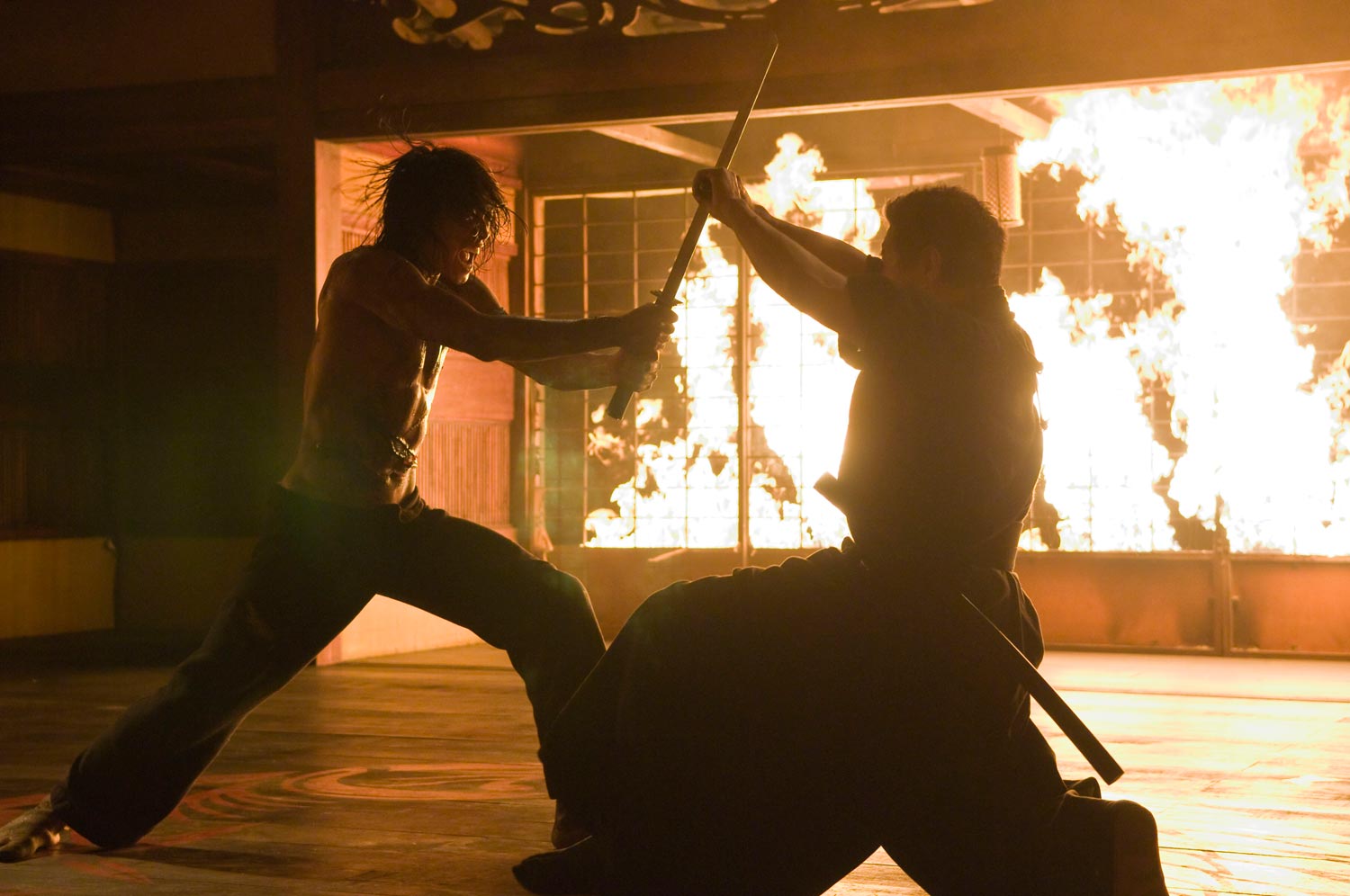 |
|
|
| I chose ninjas as one of my subjects because there are awesome, on this page I will tell about the history of ninjas, the types of ninjas, and ninja weapons. Ninjas are all about killing stuff and assassinasion. |
|
|
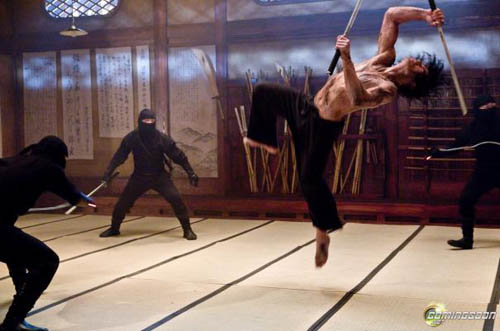 |
A ninja or shinobi was a covert agent or mercenary of feudal Japan specializing in unorthodox arts of war. The functions of the ninja included espionage, sabotage, infiltration, and assassination, as well as open combat in certain situations. The ninja, using covert methods of waging war, were contrasted with the samurai, who had strict rules about honor and combat. |
|
|
|
|
|
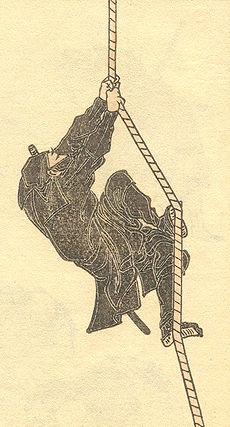 |
|
|
|
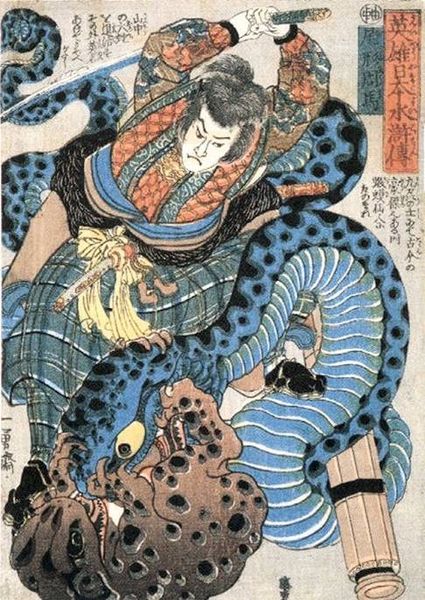 |
The mysterious nature of the ninja has long captured popular imagination in Japan, and later the rest of the world. Ninjas figure prominently in folklore and legend, and as a result it is often difficult to separate historical fact from myth. Some legendary abilities include invisibility, walking on water, and control over natural elements. The ninja is also prevalent in popular culture, appearing in many forms of entertainment media. |
|
|
|
| Back To Top |
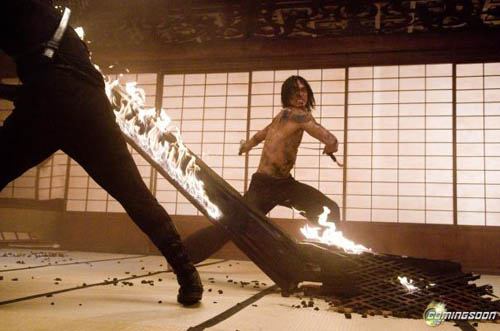 |
The Iga and Koga clans have come to describe families
living in the province of Iga (modern Mie Prefecture) and the adjacent
region of Koka (later written as Koga), named after a village in what is
now Shiga Prefecture. From these regions, villages devoted to the training
of ninjas first appeared. The remoteness and inaccessibility of the surrounding
mountains may have had a role in the ninja's secretive development. Historical
documents regarding the ninja's origins in these mountainous regions are
considered generally correct. The chronicle Go Kagami Furoku writes, of
the two clans' origins:
"There was a retainer of the family of Kawai Aki-no-kami of Iga, of pre-eminent skill in shinobi, and consequently for generations the name of people from Iga became established. Another tradition grew in Koga". |
|
|
|
| The Iga and Koga clans have come to describe
families living in the province of Iga (modern Mie Prefecture) and the
adjacent region of K?ka (later written as K?ga), named after a village
in what is now Shiga Prefecture. From these regions, villages devoted to
the training of ninjas first appeared. The remoteness and inaccessibility
of the surrounding mountains may have had a role in the ninja's secretive
development. Historical documents regarding the ninja's origins in these
mountainous regions are considered generally correct. The chronicle Go
Kagami Furoku writes, of the two clans' origins:
"There was a retainer of the family of Kawai Aki-no-kami of Iga, of pre-eminent skill in shinobi, and consequently for generations the name of people from Iga became established. Another tradition grew in K?ga". |
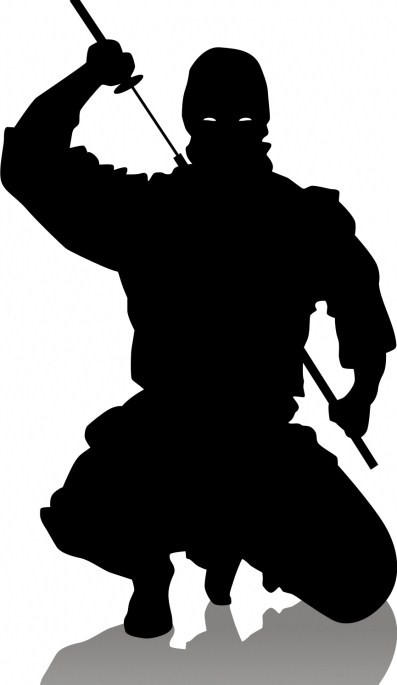 |
|
|
|
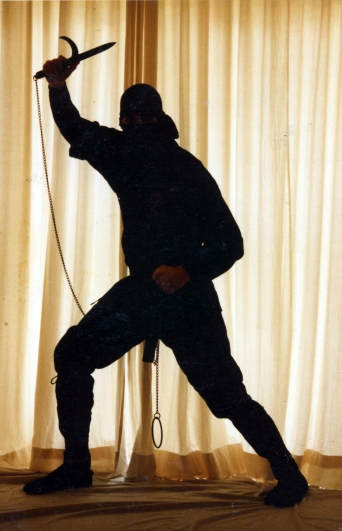 |
Likewise, a supplement to the Nochi Kagami,
a record of the Ashikaga shogunate, confirms the same Iga origin:
"Inside the camp at Magari of the Shogun [Ashikaga] Yoshihisa there were shinobi whose names were famous throughout the land. When Yoshihisa attacked Rokkaku Takayori, the family of Kawai Aki-no-kami of Iga, who served him at Magari, earned considerable merit as shinobi in front of the great army of the Shogun. Since then successive generations of Iga men have been admired. This is the origin of the fame of the men of Iga." |
|
|
|
| Back To Top |
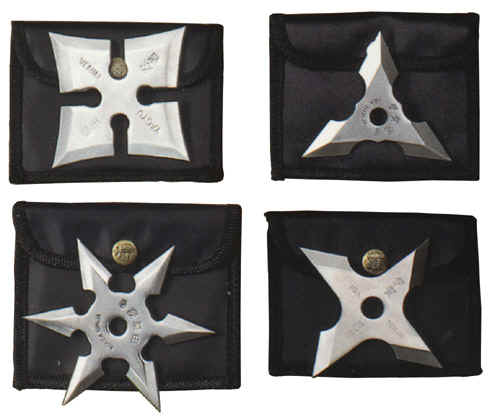 |
Hira-shuriken are constructed from thin, flat plates of metal derived from a variety of sources including hishi-gane (coins), kugi-nuki (carpentry tools), spools, and senban (nail removers), and generally resemble popular conceptions of shuriken. In modern popular culture, these are called "throwing stars" or "ninja stars". They often have a hole in the center and possess a fairly thin blade sharpened only at the tip. The holes derive from their source in items that had holes - old coins, washers, and nail-removing tools. This proved convenient for the shuriken user, as well, as the weapons could be strung on a string or dowel in the belt for transport, and the hole also had aerodynamic and weighting effects that aided the flight of the blade after it was thrown. |
|
|
|
| The kusarigama ( "chain-sickle") is a traditional
Japanese weapon that consists of kama (the Japanese equivalent of a sickle)
on a metal chain (manriki) with a heavy iron weight at the end.
Though the kusarigama is derived from a farmer's scythe, and though the sickle was often carried as a weapon during the feudal era of Japan, these farmers did not carry kusarigama. Its purpose as a weapon was very obvious, so unlike a sickle, it could not be carried openly. The art of handling the kusarigama is called kusarigamajutsu. |
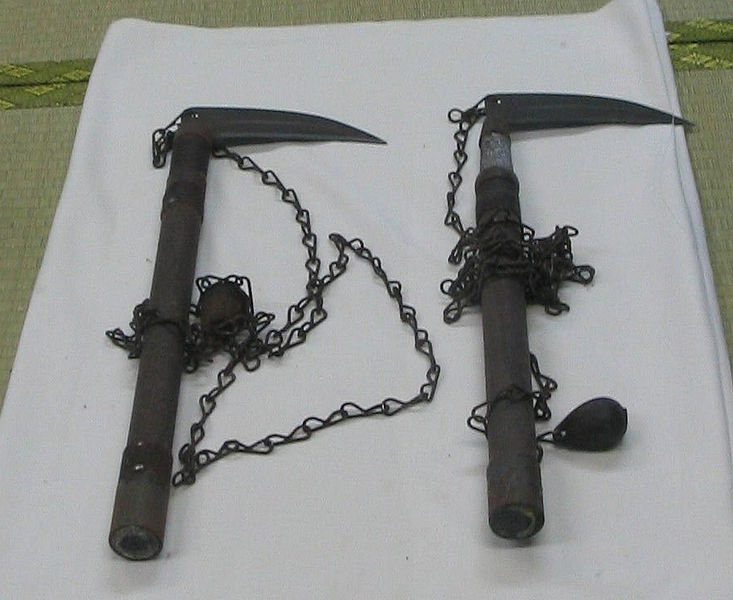 |
|
|
|
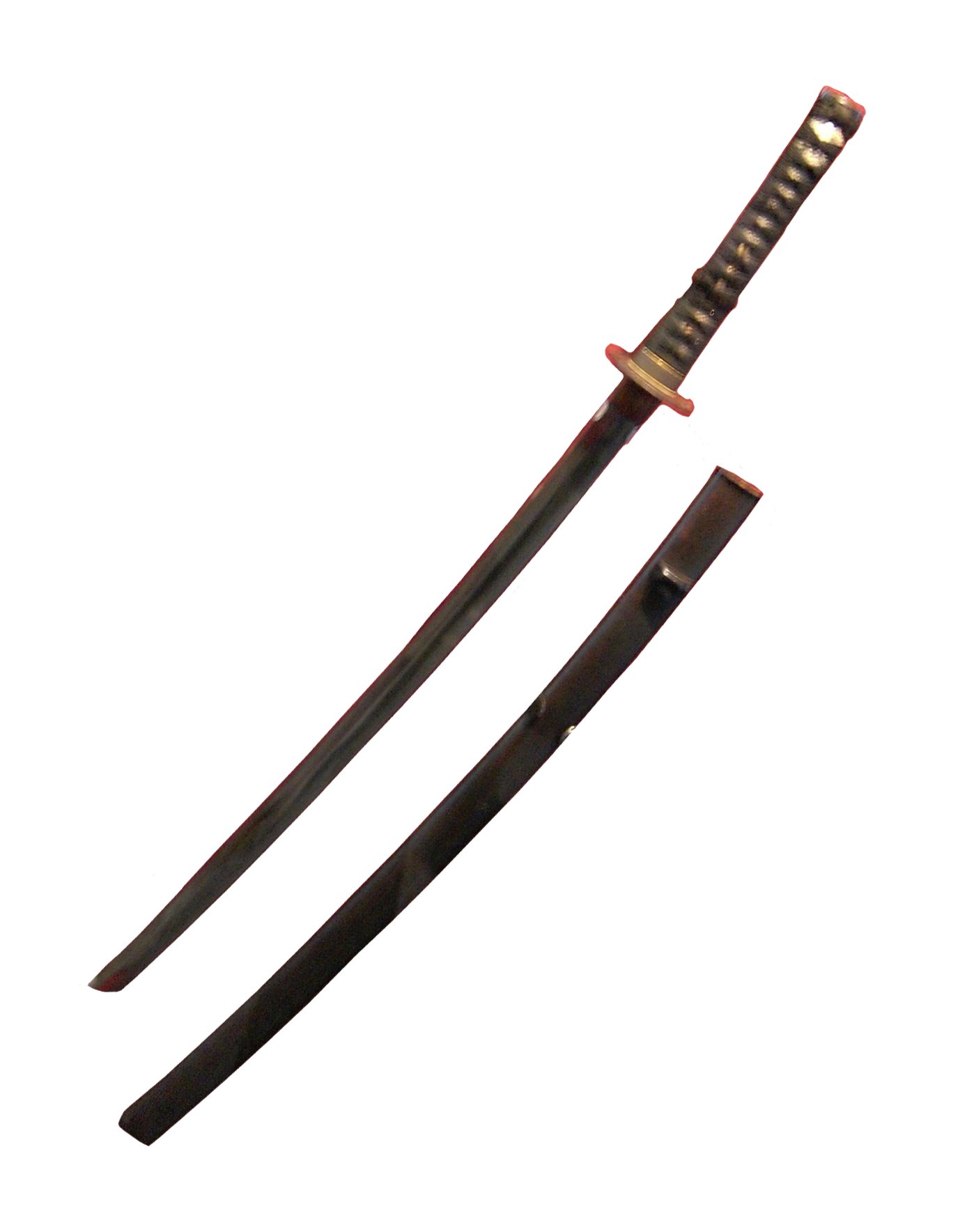 |
The katana is a type of Japanese sword
( nihonto), also commonly referred to as a "samurai sword". In the
strictest sense, the term katana in Japanese is applied to any kind of
single-edged sword, of any origin; contrary to common belief outside Japan,
the Japanese word does not necessarily refer to a Japanese sword. But incorrectly
or habitually, some Japanese and Western sword enthusiasts define katana
as the standard size moderately curved (as opposed to the older "tachi"
style featuring more curvature) Japanese sword with a blade length of greater
than 60 cm (23.6 inches).
The katana is characterized by its distinctive appearance: a curved, slender, single edged blade, circular or squared guard, and long grip to accommodate two hands. It has historically been associated with the samurai of feudal Japan, and has become renowned for its sharpness and cutting ability. |
|
|
|
| Back To Top |